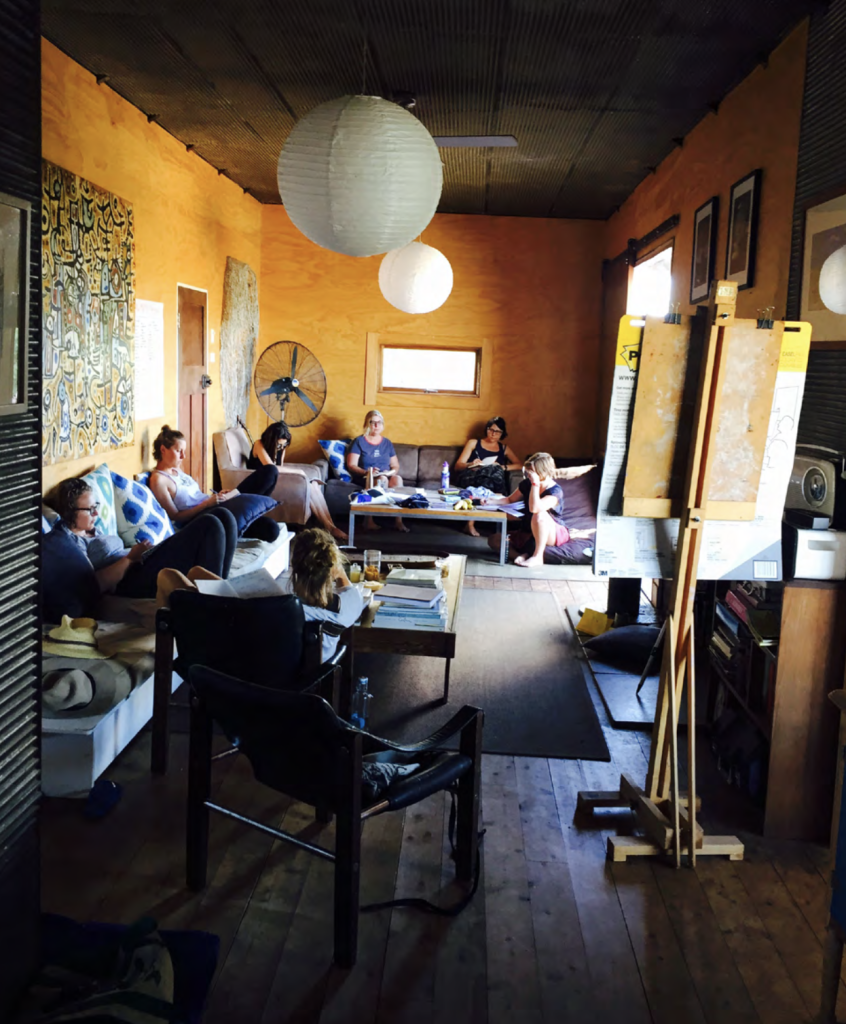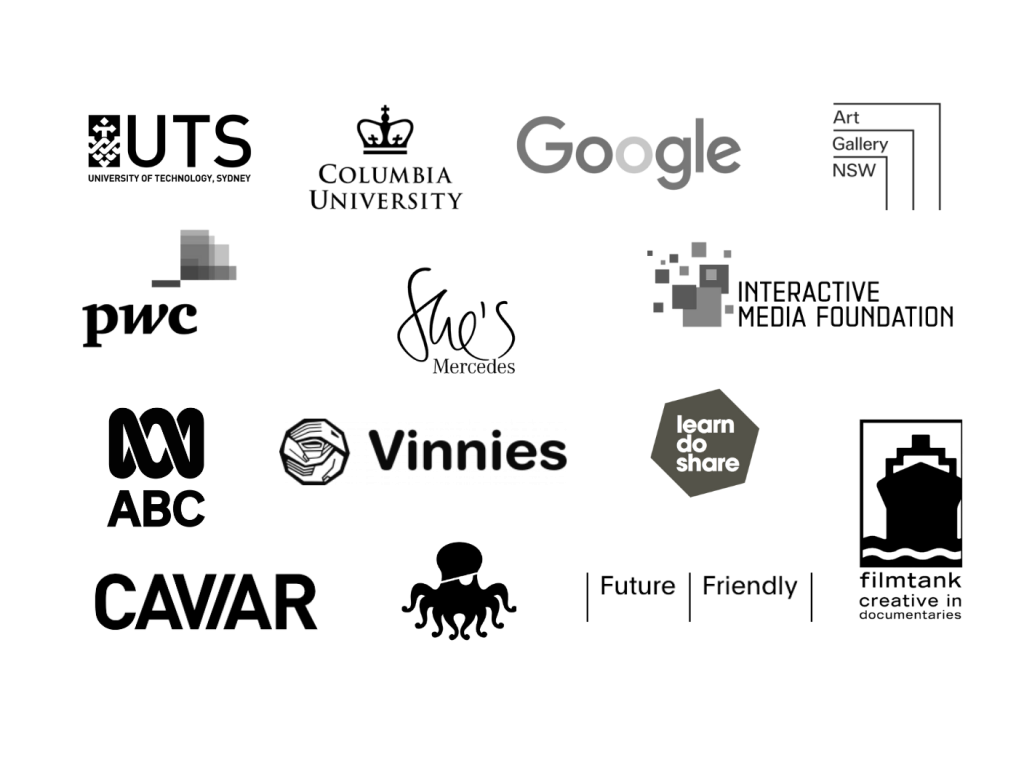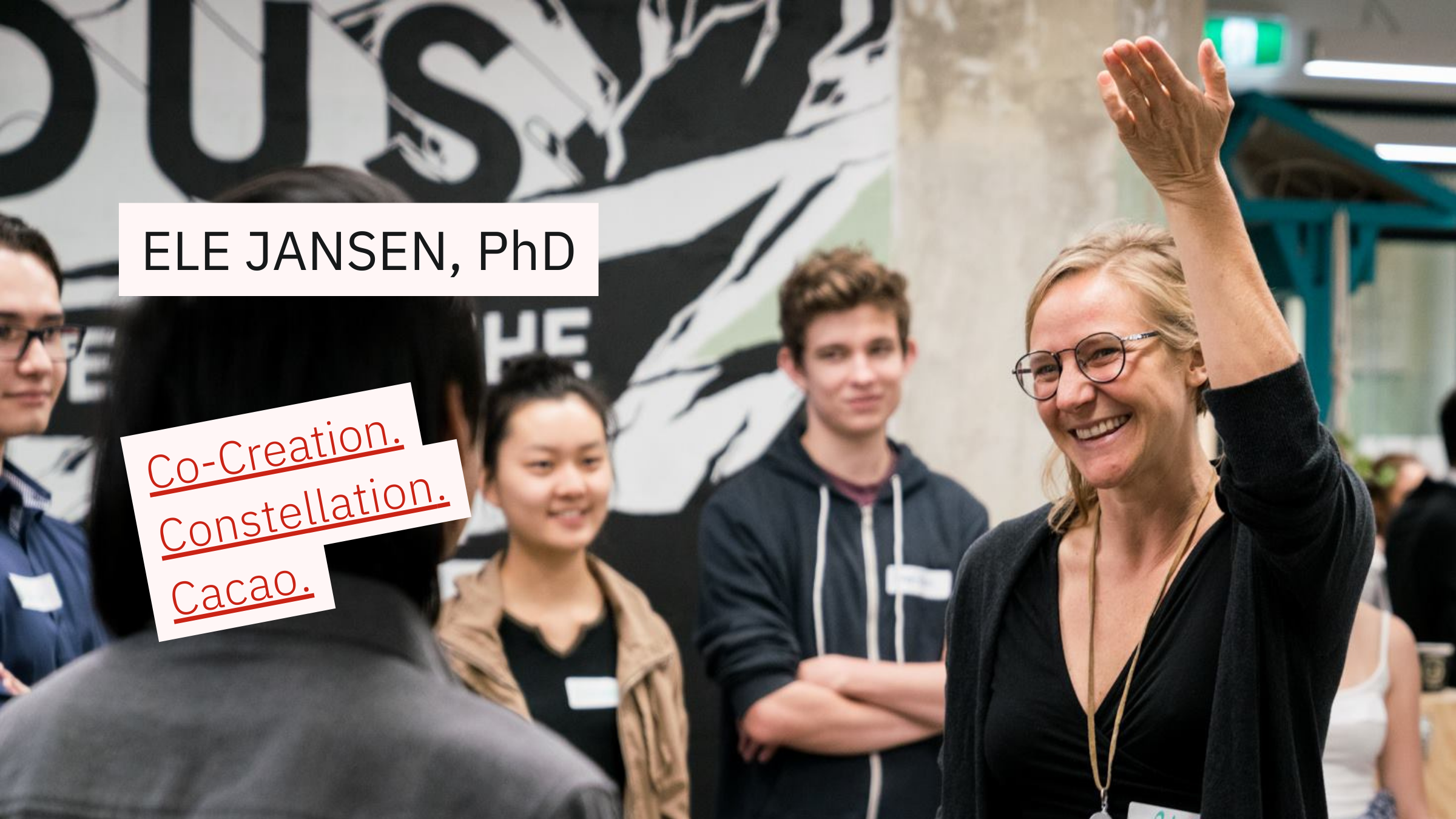
WELCOME WELCOME
I offer co-creation and inner work spaces, working with cacao, stories, and 4D mapping. Available in German and English.
I help individuals and groups to turn their inner challenges to gold, to unravel their unbridled life force. Together, we’ll create deep and memorable gatherings.
For 20 years I worked with groups to hone their vision and solve problems; using creativity, storytelling and inner work. With a PhD in Design Anthropology I used to work with renowned Universities, Google Labs, art galleries, NGOs and living labs to engage people in open innovation.
Ich biete Räume für co-creation und innere Arbeit, mit Kakao, Geschichten und Aufstellungsarbeit. Auf englisch und deutsch.
Ich helfe Privatpersonen und Gruppen ihre inneren Herausforderungen zu Gold zu machen, und das pralle Leben aufzuspüren. Unsere gemeinsame Zeit bleibt in Erinnerung.
Seit 20 Jahren arbeite ich mit Gruppen, um Visionen zu schärfen und Probleme zu lösen; mit Kreativität, Storytelling und Innenschau. Mein Dr. in Anthropologie zu Open Innovation brachte mich zu namhaften Universitäten, Google, Kunstmuseen, NGOs und Reallaboren.
From the Heart
See me talking about a course I designed and taught at the University of Technology Sydney (50 secs onwards).
Offerings
1:1
We can work together in individual sessions both online and on location near Wismar (Sydney February/March only). The work uses stories to uncover culture (belief systems), habits and relationships.
Einzelsitzungen gehen sowohl digital als auch vor Ort in Wismar (Ostsee). Wir nutzen Erzählen, um Kultur (Glaubenssätze), Gewohnheiten und Beziehungen zu beleuchten. Ihr könnt auch zu zweit kommen.
Workshops
I design and facilitate workshops to mediate conflicts, solve problems collectively, dream up visions and rapidly prototype ideas. I have many methods and an affable and clear facilitation style.
Ich designe und moderiere workshops, sei es Konfliktmediation, Problem-lösung, Vision schärfen oder Prototypen für Ideen entwickeln. Meine Moderation ist nahbar & klar.
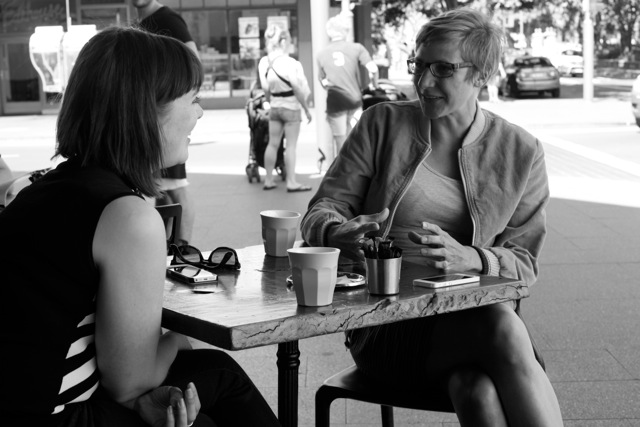

1
4D Mapping
Constellations – or 4D Mapping – are a simple systemic way to see hidden aspects of a problem or situation. It takes from 1-3hours and I offer it as a stand-alone or woven into my workshops.
Aufstellungsarbeit ist ein einfacher systemischer Ansatz, um verborgene Aspekte eines Problems oder Situation zu erkennen. Es dauert 1-3 Stunden und kann einzeln oder als Gruppe stattfinden.
2
Cacao
Cacao is a wonderfully heart opening and nourishing plant and drink (if it’s prepared right). I weave cacao into my workshops. Alternatively you can book a ceremony for a group with me.
Kakao ist eine wundervoll herzöffnende und nährende Pflanze. Als Getränk wirkt Kakao kräftigend, wenn er richtig zubereitet wird. Diese Zeremonie kannst Du einzeln oder mit Deinen Freunden oder Familie buchen. Schreib’ mir für mehr!
3
Storytelling
Humans have always learned through stories and shared their values, wisdoms and insights through verse and anecdote. Stories help us to understand ourselves. Working with story involves a way of seeing, telling them and listening.
Menschen haben seit jeher Ihre Einsichten, Werte und Wissen über Geschichten, Verse und Anekdoten vermittelt. Erzählungen helfen uns, uns zu verstehen. Mit ihnen zu arbeiten beinhaltet eine Art zu sehen, selbst erzählen und zuhören.

CACAO
“At no other time has Nature concentrated such a wealth of valuable nourishment into such a small space as in the cocoa bean.”
— Alexander von Humboldt
PORTFOLIO
Between 2010-2023 I developed various formats that helped people to co-create in various contexts. Some were artistic, some corporate, some to help at-risk communities and some to explore queer topics. Later I learned that German artist Joseph Beuys named this kind of work Social Sculpture.
The term Social Sculpture seems very high brow to me, but I have always struggled to describe the manifold impacts, shifts and openings that his kind of work facilitates. It’s truly something to understand by experience. But enjoy reading about it below.
Zwischen 2010-2023 habe ich diverse Formate entwickelt, die Leuten geholfen haben gemeinsam kreativ zu arbeiten. Einige davon sind künstlerisch, andere corporate, viele halfen benachteiligten Gruppen und einige waren im Feld LGTBQ+. Später lernte ich, dass der deutsche Künstler Joseph Buys den Namen “Soziale Skulptur” für solche Formate etablierte.
Ich fremdle mit dem Begriff, aber er benennt die vielfältigen Wirkungen, Wendungen und Öffnungen, die diese Art von Arbeit ermöglicht. Es ist wirklich etwas, das erfahren werden will. Aber hier unten kannst Du gern erstmal darüber lesen.
People say…
Oluwashina I., Cape town
“I want to personally thank you for teaching me. The concepts you shared will play a central role in how I influence the world this decade. The class has actually been a humbling experience.”
Sarah Murdoch, Los Angeles
“I can’t tell you enough how important your course has been to me (and I know my fellow students). Your heart, care, ethos, and passion should be a part of all education. You are on to something, as you must well know by the impact you’re having.”
Mohsen J., Sydney
“This course connected me to who I am and who I want to be. You showed me how to dig deep down to bring out the meaningful side of who we are and I thank you for that. I wanted to keep learning more from you!”
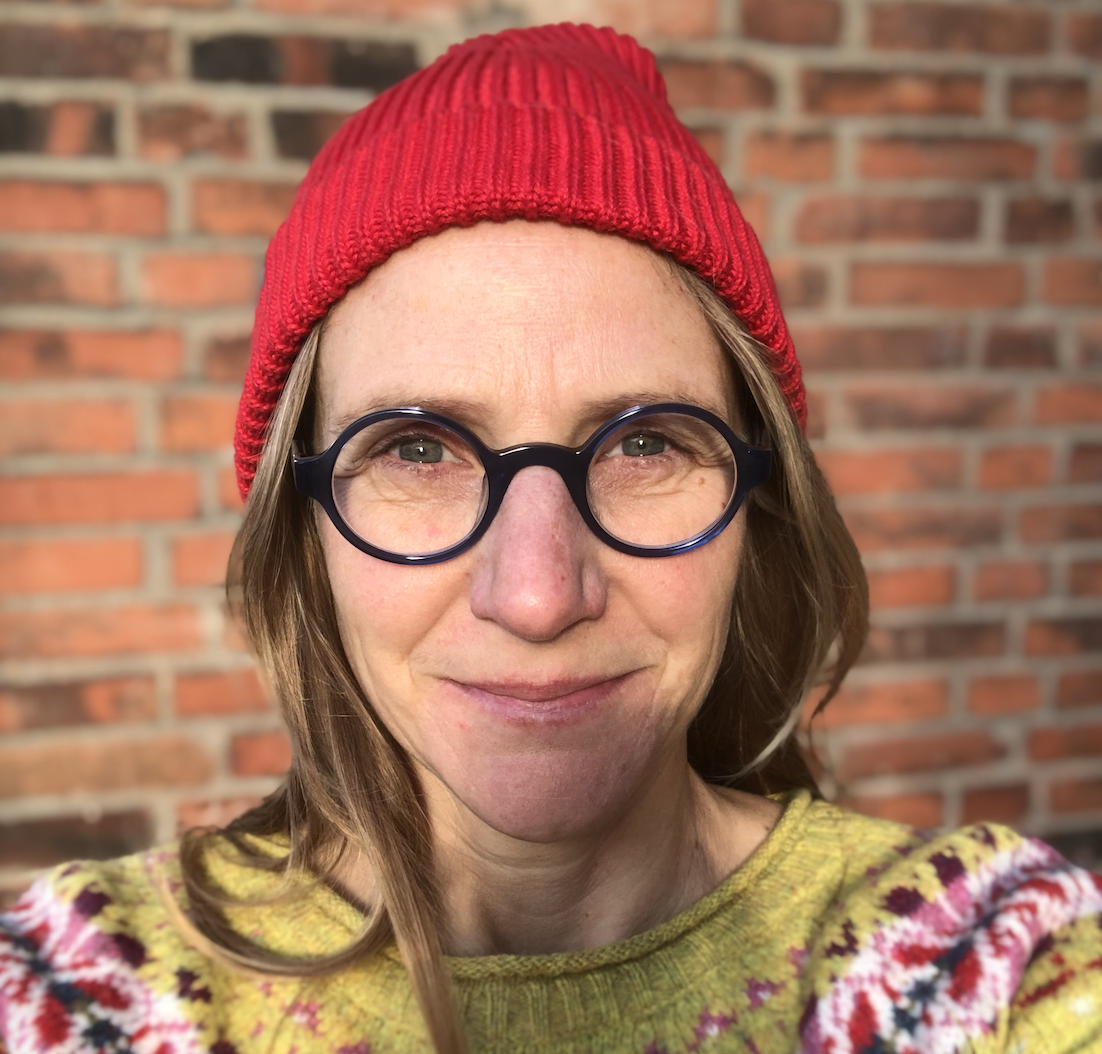
Get in touch
Ich freue mich auf den Kontakt.
Sydney/Wismar
1/3-7 Kidman Street
Coogee, 2034 NSW
Dorfstraße 9
23992 Kahlenberg, MV
Other projects I do
